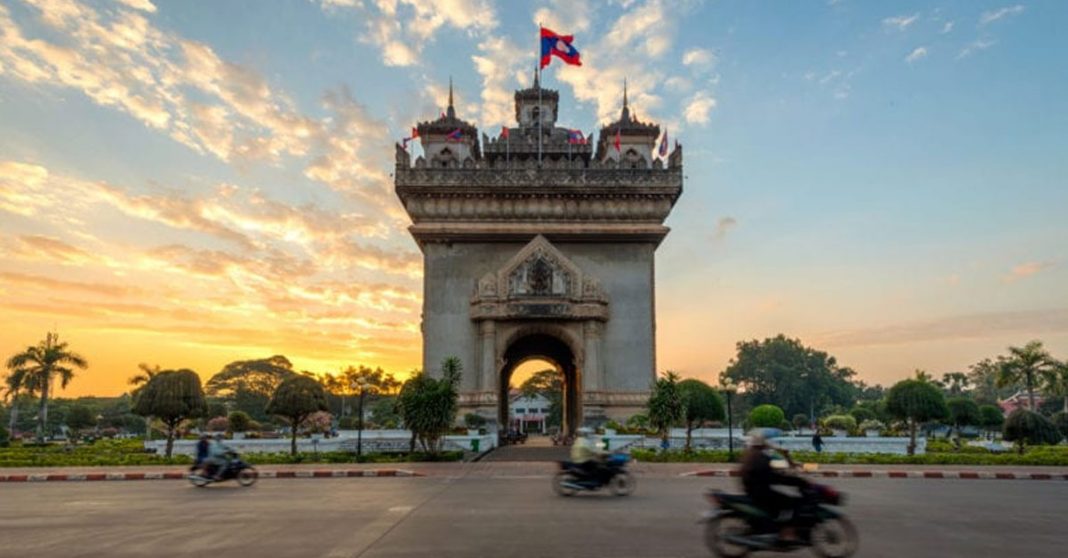The Asian Development Bank (ADB) projects positive growth for the economy of Laos despite the effects of the ongoing Covid-19 pandemic.
Vientiane Times reports that according to the ADB Asian Development Outlook 2021, which was released on Wednesday, the Lao economy is expected to grow by 4.0 percent in 2021, and 4.5 percent in 2022.
According to the report, while the Lao economy went into recession in 2020 due to the Covid-19 pandemic after two decades of robust growth, improved agricultural production and sustained power generation will serve to offset the slow recovery of the services sector amid the pandemic.
The ADB suggests the government of Laos vigorously undertake public finance management reforms to achieve more sustainable and inclusive growth during the recovery period.
Severe restrictions on inbound visitors averted a largescale domestic public health crisis but stifled domestic and external demand. As a result, the unemployment rate is estimated to have reached 23.4% in 2020, up from 16.0% in 2018.
While tourism and services were down, construction grew thanks to large-scale infrastructure investments such as the Laos-China Railway and the Vientiane to Vang Vieng Expressway. Strong growth in electricity production served to boost industry figures as generation capacity expanded by 13.2 percent.
Meanwhile, inflation reached 5.1 percent in 2020, driven by rising food prices after natural disasters in 2019, and animal diseases such as African swine fever. The local LAK currency also depreciated against the US dollar by 4.6 percent in 2020 in the official market (and 10.7% in the parallel market).
Public debt climbed to 60.6% of GDP in 2020, according to the ADB report, with the China Southern Power Grid investing USD 2 billion through a joint venture company with Electricite do Laos (EDL) for a 90% stake in transmission line assets as a way to manage the public debt.
At the same time, EDL sold 24% of its shares in EDL-Generation Public Company to Phongsupthavy Energy Group.
According to the ADB, recovery in agriculture is expected due to growth in livestock trade, while the planting of food crops has been delayed by cooler weather and water shortages.
The industry sector is expected to grow at 5.3% this year, boosted by increased electricity production, while continuing investment in large infrastructure, mining, and urban property is expected in 2021 and 2022. This should create jobs and support a decline in the unemployment rate to 15% by 2025.
The ADB believes that if international tourism for business and leisure normalizes in 2022, the drivers of economic recovery in the medium term are expected to be wholesale and retail trade, transportation, and communications.
Inflation is expected to remain at 4.5% in 2021 and 5.0% in 2022, with imports partially counterbalanced by exports of electricity, minerals, and agricultural products.



